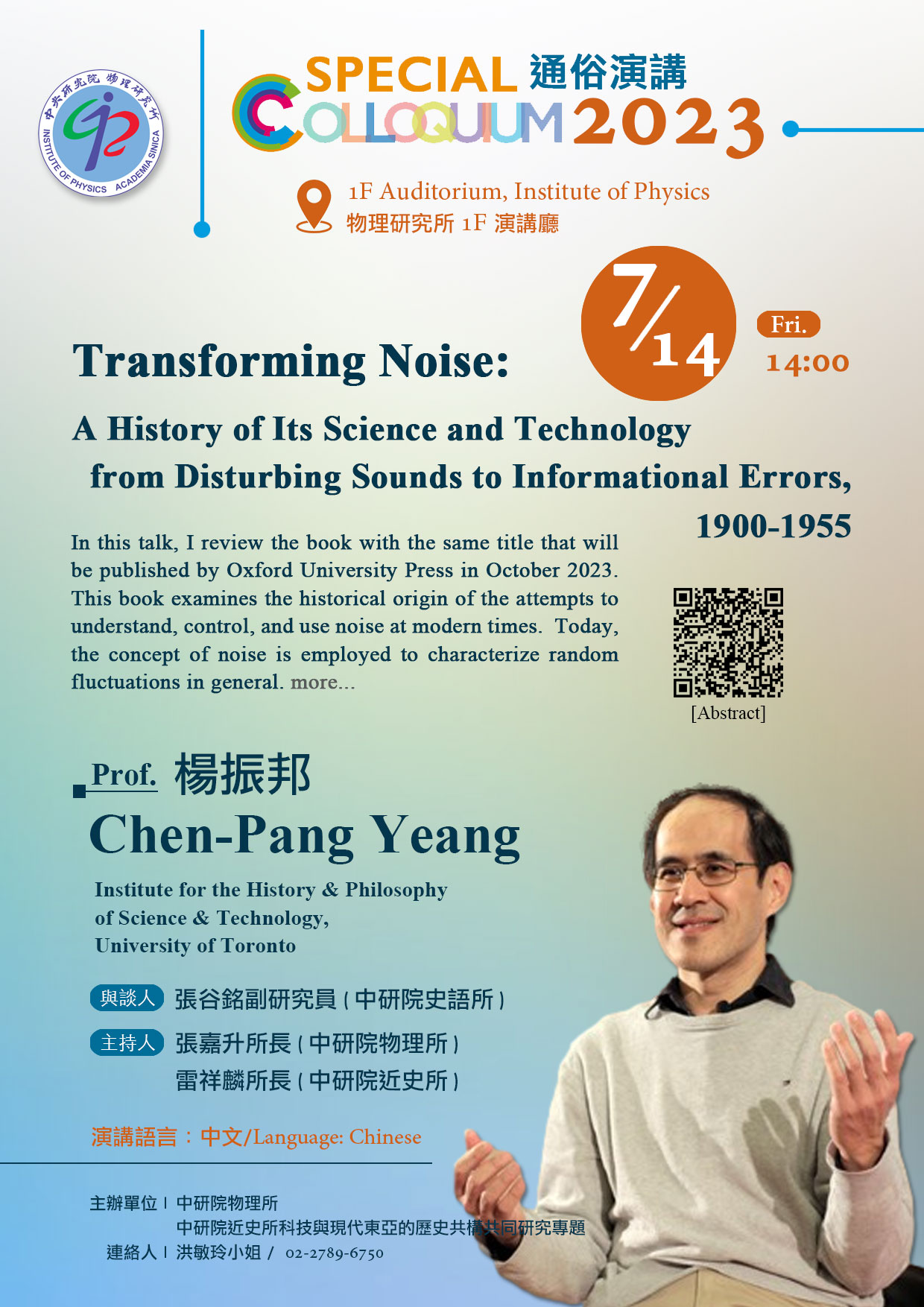- 演講或講座
- 物理研究所
- 地點
物理所1樓演講廳
- 演講人姓名
楊振邦博士 (Institute for the History & Philosophy of Science & Technology, University of Toronto)
- 活動狀態
確定
- 活動網址
https://www.phys.sinica.edu.tw/lecture_detail.php?id=2755&eng=T
【摘要】
In this talk, I review the book with the same title that will be published by Oxford University Press in October 2023. This book examines the historical origin of the attempts to understand, control, and use noise at modern times. Today, the concept of noise is employed to characterize random fluctuations in general. Before the twentieth century, however, noise only meant disturbing sounds. In the 1900s-50s, noise underwent a conceptual transformation from unwanted sounds that needed to be domesticated into a synonym for errors and deviations on all kinds of signals and information. I argue that this transformation proceeded in four stages. The rise of sound reproduction technologies—phonograph, telephone, and radio—in the 1900s-20s prompted engineers to tackle unwanted sounds as physical effects of media through quantitative representations and measurements. Around the same time, physicists developed a theory of Brownian motions for random fluctuations and applied it to electronic noise in thermionic tubes of telecommunication systems. These technological and scientific backgrounds led to three distinct theoretical treatments of noise in the 1920s-30s: statistical physicists’ studies of Brownian fluctuations’ temporal evolution, radio engineers’ spectral analysis of atmospheric disturbances, and mathematicians’ measure-theoretic formulation. Finally, during and after World War II, researchers working on the military projects of radar, gunfire control, and secret communications converted the interwar theoretical studies of noise into tools for statistical detection, estimation, prediction, and information transmission.
In so doing, they turned noise into an informational concept. Since the grappling of noise involved multiple disciplines, institutions, and geographical as well as social contexts, I will use its development to explore the historiographical issues of historical epistemology, historical ontology, and materiality.

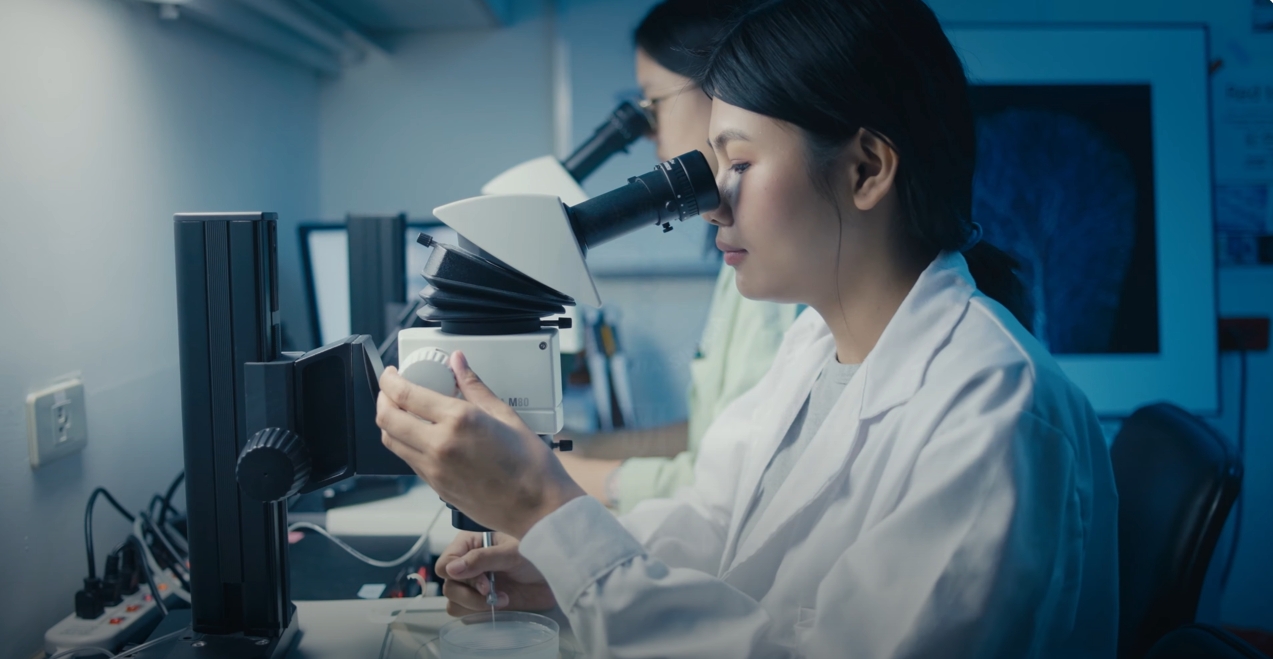
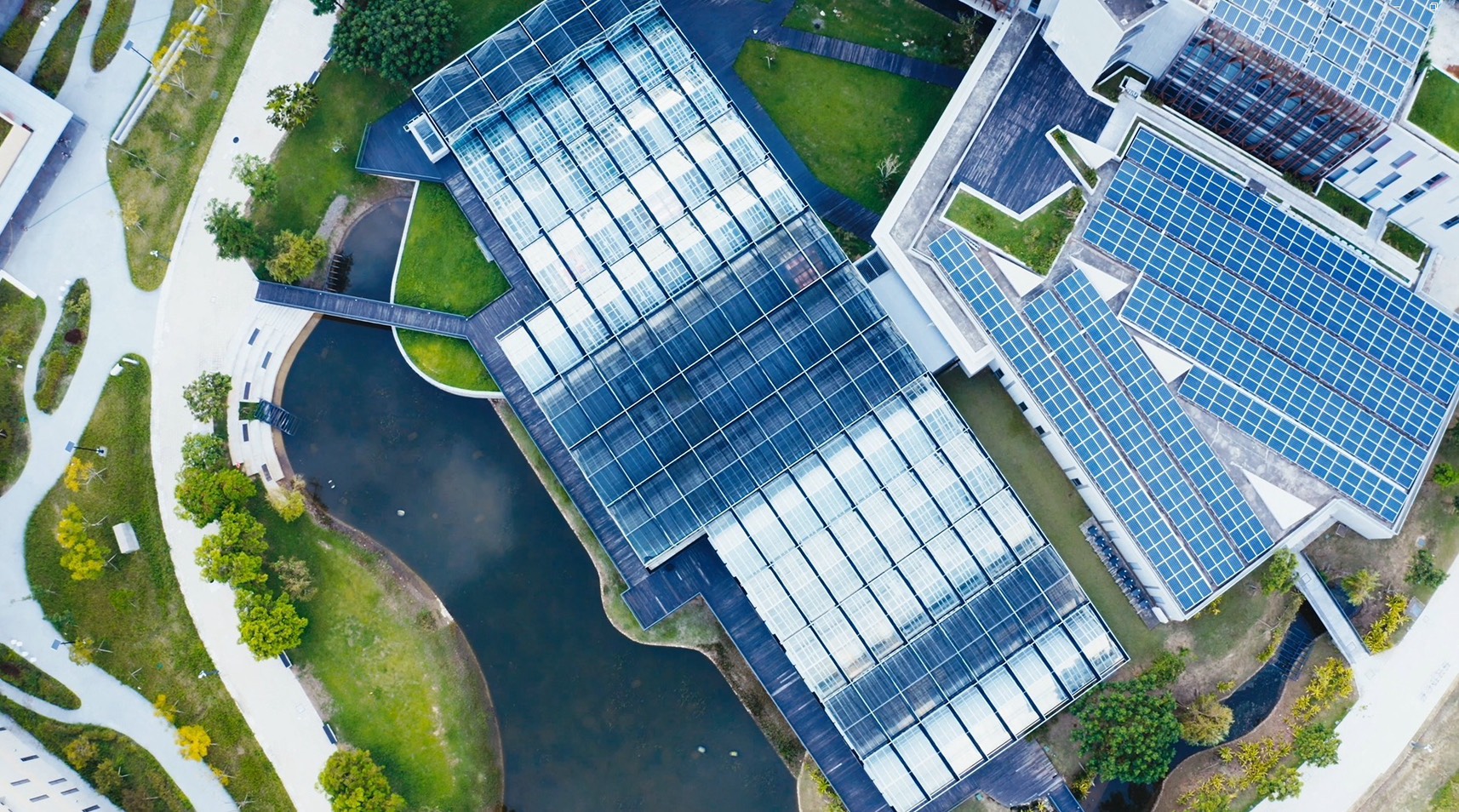
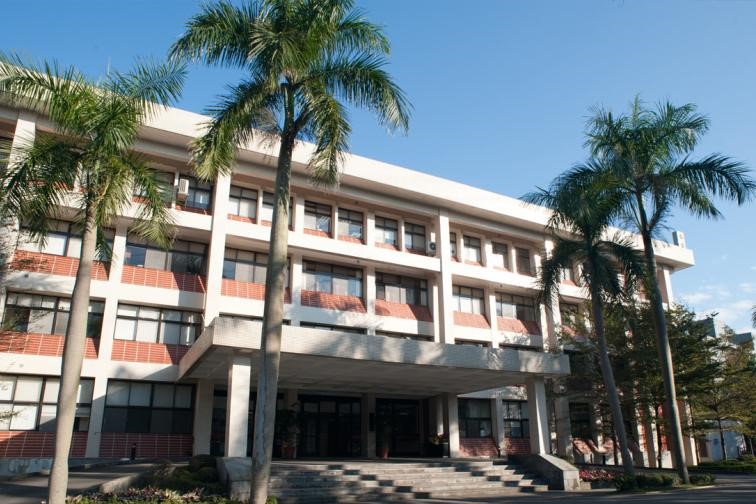
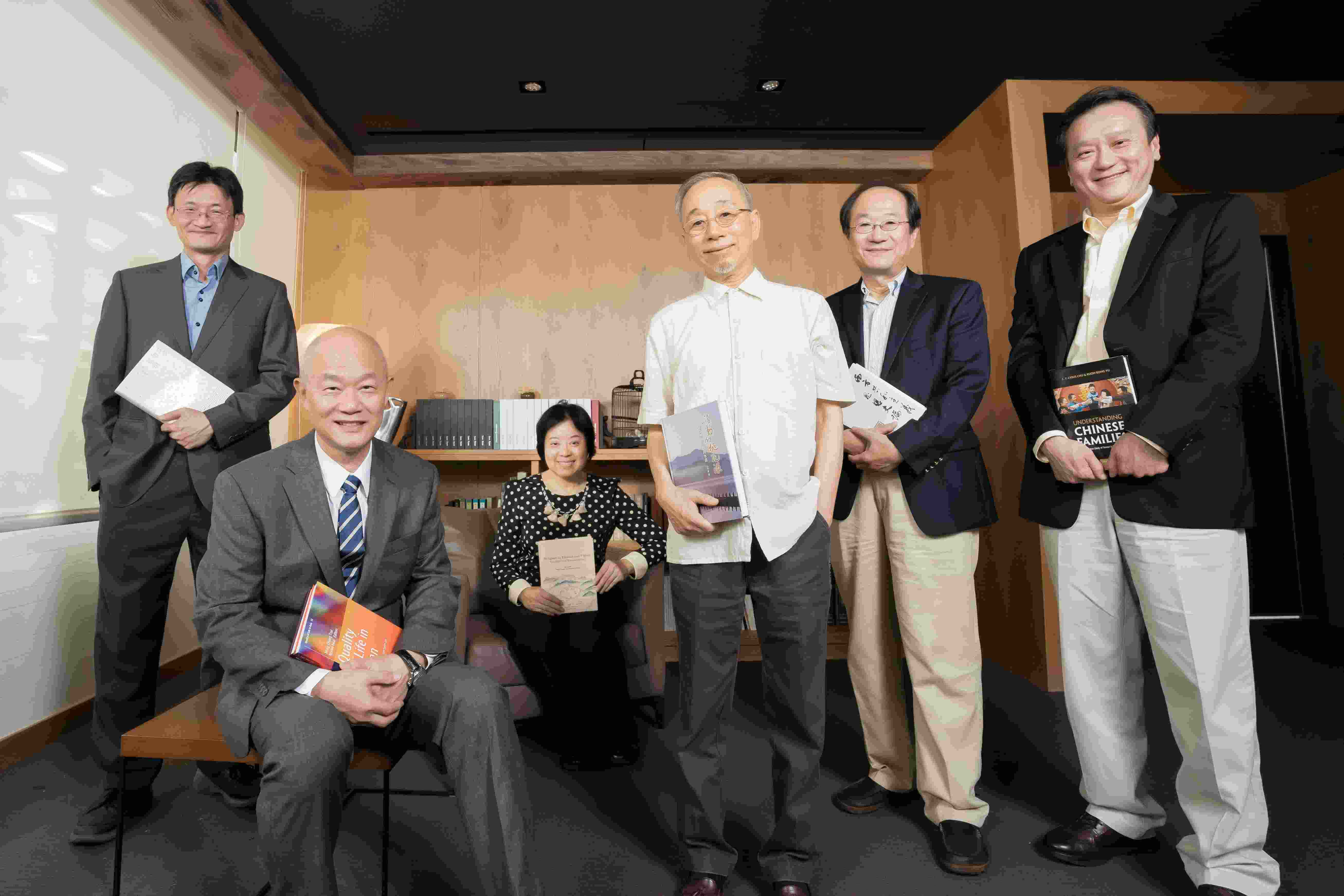
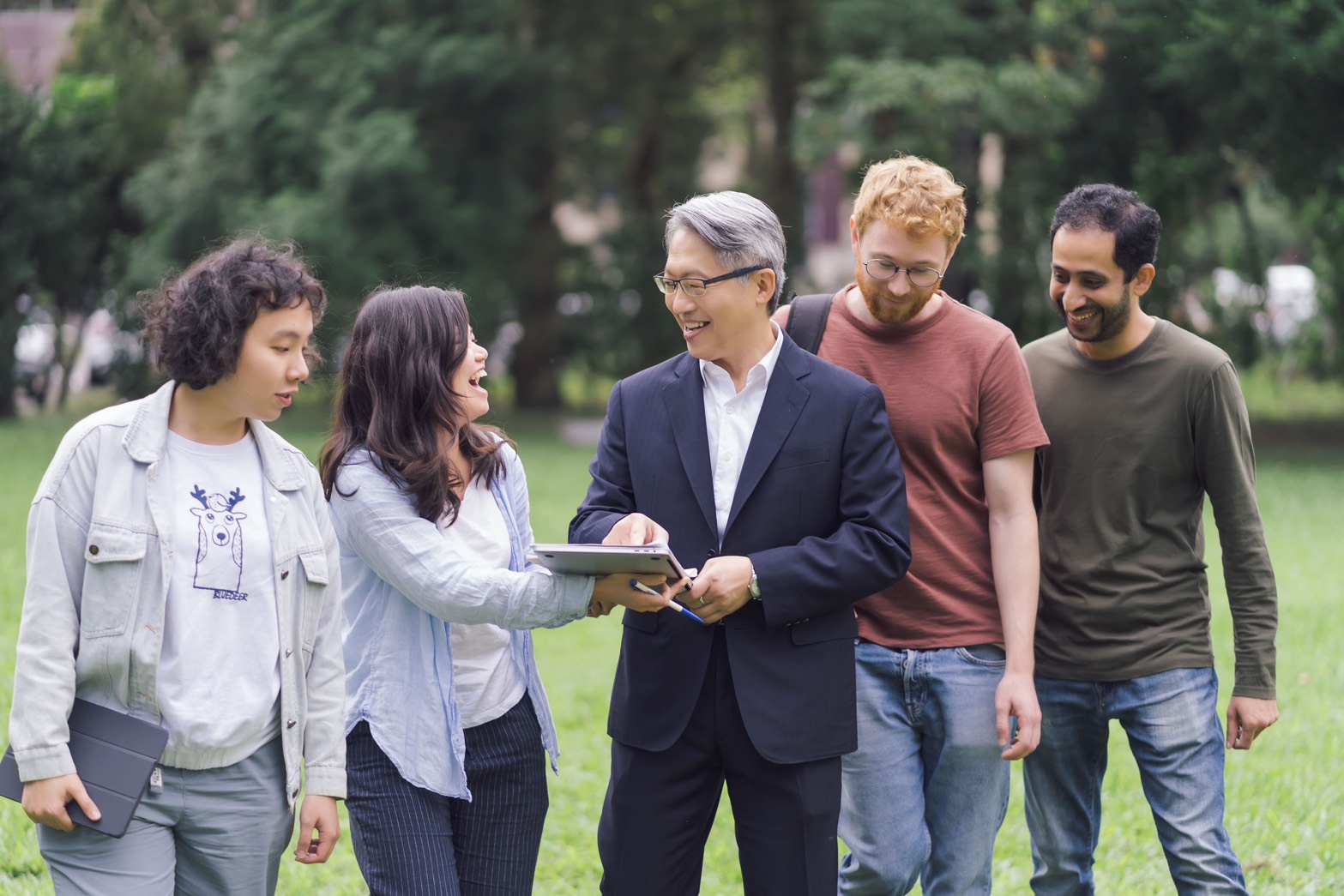

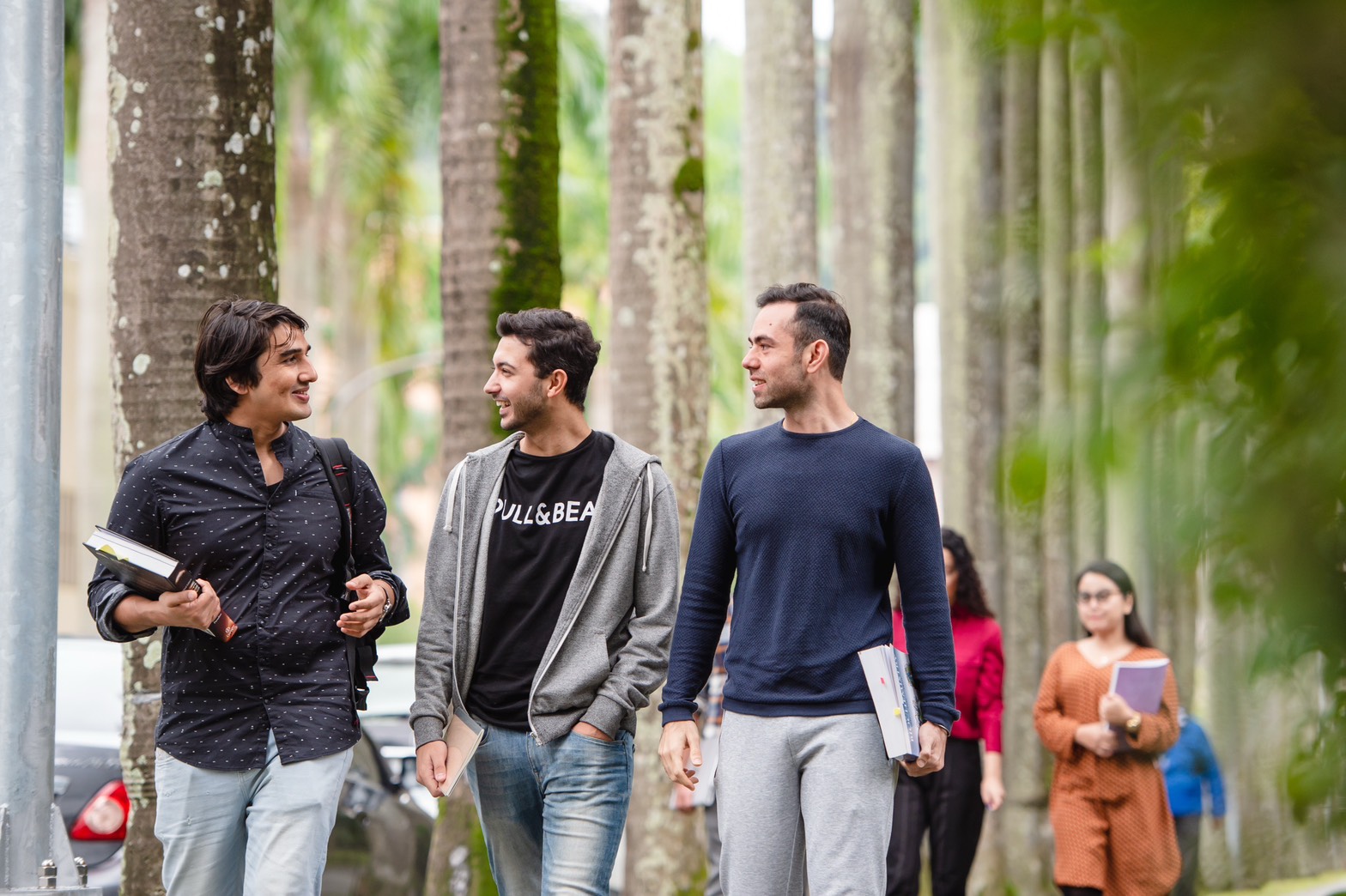

 首頁
首頁